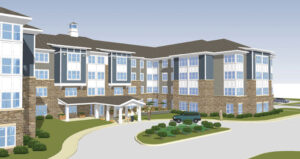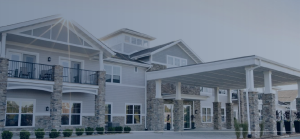As the global population continues to age at an unprecedented rate, the demand for senior housing is becoming more urgent. By 2050, the number of people aged 60 years and older is expected to double, according to the World Health Organization. This demographic shift is pushing operators in the senior housing sector to adopt more aggressive growth strategies in development. However, this push comes with its own set of challenges and implications. Let’s delve into why operators must get more aggressive on seniors housing development growth, the easing construction challenges in some markets, and the double-edged sword of limited supply driving demand.
The Need for Aggressive Growth
The most compelling reason for aggressive growth in seniors housing is the sheer increase in demand. As baby boomers age, the need for various types of senior living options—from independent living to assisted living and memory care—continues to rise. Moreover, today’s seniors are looking for more than just a place to live; they seek communities that offer wellness, social engagement, and integrated healthcare services.
Operators need to be aggressive not just to meet the demand but to preemptively address the evolving expectations of a new generation of seniors. This involves building facilities that are not only safe and functional but also equipped with modern amenities and technology that enhance the quality of life. Furthermore, as the senior living industry becomes more competitive, operators who scale up their developments and innovate are more likely to attract residents and secure a significant market share.
Signs of Easing Construction Challenges
Historically, one of the major hurdles in senior housing development has been the high cost and logistical complexities of construction. However, there are signs that these challenges might be easing in some markets. For instance, some regions are seeing a stabilization in the prices of construction materials after the sharp increases during the pandemic. This is partly due to the easing of global supply chain disruptions and increased production of key materials.
Additionally, more governments and municipalities are recognizing the need for senior housing and are becoming more cooperative in terms of zoning and permits. In some cases, incentives are being offered to developers who are willing to invest in senior housing projects. These developments could significantly reduce the barriers to entry for new projects and expedite the construction process.
The Double-Edged Sword of Limited Supply Driving Demand
The limited supply of senior housing has indeed driven up demand, which at first glance seems beneficial for operators as it often leads to higher occupancy rates and potentially higher revenues. However, this dynamic can also act as a double-edged sword. On one side, the high demand against limited supply can lead to escalated prices, making senior housing unaffordable for many and potentially leading to a public backlash or increased regulation.
On the other side, if operators rush to meet demand without adequate attention to quality, sustainability, and integration with local communities, it could result in long-term reputational damage and financial losses. Therefore, while the pressure to develop quickly is high, maintaining a balance between speed, quality, and affordability is crucial.
Conclusion
The growing need for senior housing is an undeniable trend that presents both significant opportunities and challenges for operators. Getting more aggressive in development is not just about building more units but also about innovating and improving the offerings to meet the high expectations of modern seniors. As construction challenges begin to ease in some markets, now is an opportune time for operators to scale up and refine their development strategies. However, they must also navigate the complexities of limited supply and high demand carefully to ensure their growth is sustainable and beneficial for all stakeholders involved.






